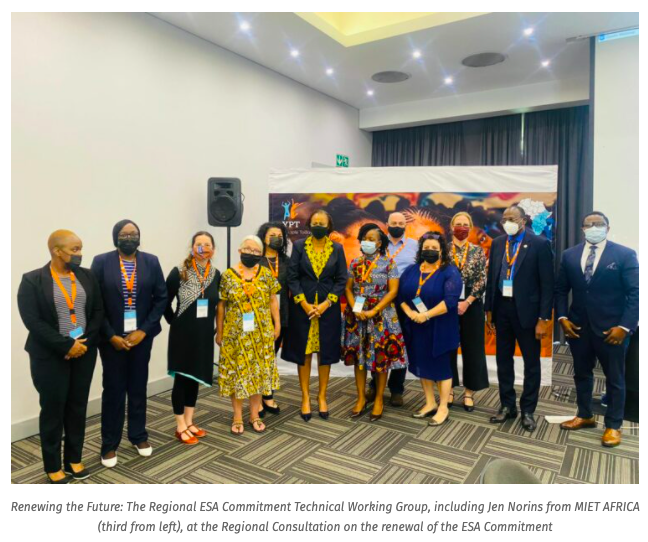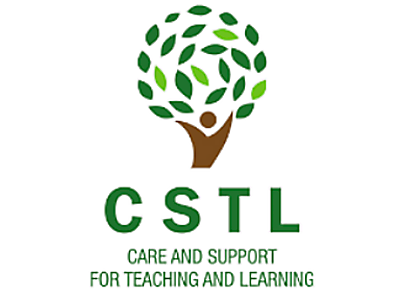Renewing Commitment to Young People || Eastern and Southern Africa Recommitting Today for a Better Africa Tomorrow!
Posted by Letswalo L Marobane on 09 December 2021, 14:20 SAST

Comprehensive sexuality education (CSE) and youth-friendly sexual and reproductive health and rights (SRHR) services are critical to the health and wellbeing of adolescents and young people. When access to CSE and SRHR services are restricted, the consequences are detrimental, especially for girls’ health and rights.
The past two years of school disruptions and COVID-19 lockdowns demonstrate this phenomenon, as the region is witnessing rising numbers of adolescent girls and young women who have become pregnant during the COVID-19 lockdown period. Such stories demand heightened attention to ensuring adolescents and young people have access to CSE and SRHR services and support, especially during emergencies.
A regional consultation on the Eastern and Southern African (ESA) Commitment on Young People was held from 11-12 October 2021 to map out the journey forward until 2030. Participants reflected on the importance of continuing the regional commitment to young people’s health and development, as upheld by Member States, Regional Economic Communities, UN Agencies and Civil Society Organisations (CSOs).
Over 200 participants joined the two-day hybrid meeting, including over 15 national convenings, with representatives from UN agencies, CSOs and youth-led groups. The consultation included a review of the findings of the ESA Commitment evaluation, and discussions on priorities to be taken forward for the next nine years.
So what is the ESA Commitment and why is it important? In 2013, 20 Ministries of Education and Health in East and Southern Africa signed a seven-year commitment, known as the ESA Commitment, to uphold and promote young people’s SRHR through improved access to CSE and SRHR services in their countries. Aligned to regional and global development agendas, the ESA Commitment aimed to reduce HIV infections, early and unintended pregnancy among young people, and make gains in key education, health, and other development outcomes.
With the ESA Commitment ending in 2020, the ESA Commitment High-level Technical Working Group, comprising UNESCO, UNFPA, UNAIDS, UNICEF, WHO and MIET AFRICA, commissioned an evaluation of the initiative to assess the status of implementation and progress towards the achievement of nine targets. These included ensuring a good quality CSE curriculum is in place in all Member States; reducing the number of early and unintended pregnancies among young people by 75%; increasing to 95% the number of adolescents and young people who demonstrate comprehensive knowledge on HIV prevention; and pushing towards eliminating all new HIV infections amongst adolescents and young people aged 10-24.
The evaluation pointed to some key areas where action was still required to meet these desired goals, as well as recommendations for strengthening implementation, should the Commitment be renewed.
The regional consultation provided opportunity for stakeholders across the region to reflect on the relevance of the ESA Commitment to the promotion of young people’s health and development. The keynote address underscored the unfinished business across the region in fulfilling the commitment to young people’s SRHR. There was a clarion call for ESA governments to continue investing in SRHR, and for relevant stakeholders to contribute to ensuring country ownership and accountability of the Commitment. Added to this was an appeal to foster meaningful engagement with adolescents and young people in designing SRHR programmes in line with the Commitment.
The recommendations emerging from this important meeting will contribute to the high-level ministerial meeting in December 2021, during which it is anticipated that the 21 governments in East and Southern Africa will recommit to promoting young people’s health, education, agency, and development – for today and for Africa’s tomorrow.
